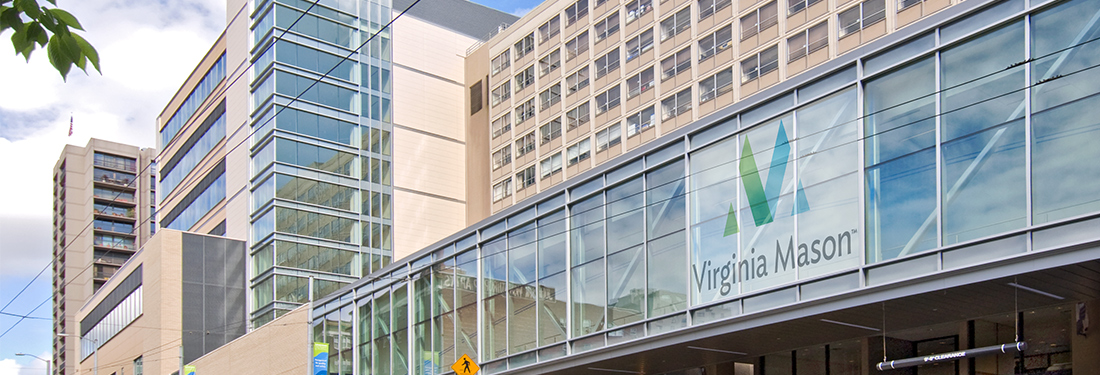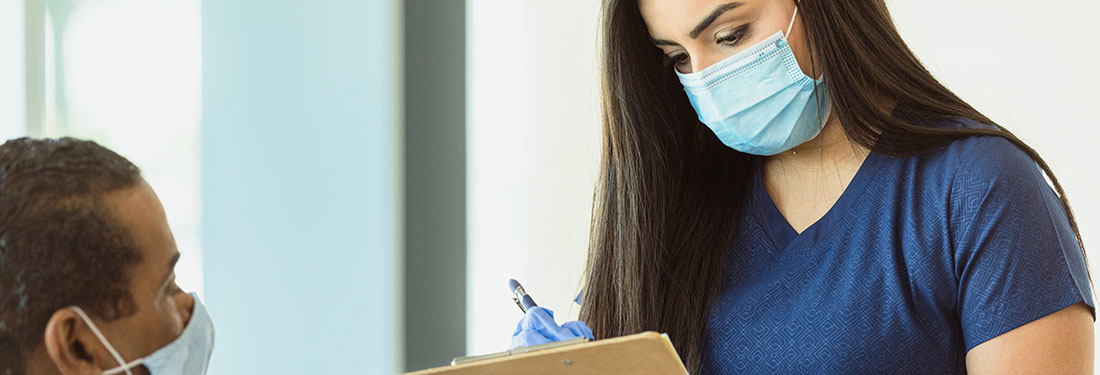Leveraging 3P in Health Care Facility Design
For more than a decade, interactive and intensive improvement meetings — also known as kaizen events — have created a forum to refine and improve the quality, safety and efficiency of health care for patients at Virginia Mason Health System. As a result, continuous, incremental improvement has advanced our processes and systems.
Using 3P to design patient-centered spaces3P (Production Preparation Process) is a turbo-charged kaizen process that has enabled Virginia Mason to make significant leaps forward in improving the way care is delivered, particularly with respect to facilities or the environment in which care is delivered. 3Ps can be used to design new products or processes, and they can be used when a program must be expanded to accommodate more patients.
When Virginia Mason began the process of constructing a significant new addition to the medical center — the Floyd & Delores Jones Pavilion — the leadership team knew that 3P was the process that could help guide both the transformation of processes and the design of the facility. In fact, it was so useful that two separate 3Ps were conducted for the internal build-out of Jones Pavilion. “3P is a form of reinvention,” says Katerie Chapman, vice president of perioperative and support services. “It’s blowing things up, changing our mental model. It is an important part of the Virginia Mason Production System (VMPS), especially relating to facility design.”
“The traditional way of designing the Jones Pavilion build-out would have involved bringing in architects who would work with a small team of leaders, to design the facility,” says Chapman, “They would create a footprint, build it, and the teams would then have to figure out how to reorient functional components of their work into the new space.”
Virginia Mason recognized the inherent waste, including rework and additional change orders, as well as the gap in staff and patient engagement in the process. Ideal processes should be designed first with VMPS tools including 3P, and then facilities should be designed to support those processes — with form following function. Additionally, the people who know those processes, and therefore the requirements of the supporting environment, are the frontline team members.
Why should the frontline workers who will work in it every day have to scramble to rework their processes because designers wanted to do the facility their way? Further, doesn’t it make sense to include our patients — those who experience the facility firsthand and rely on us to provide the best care possible?
“3P is a form of reinvention,” says Katerie Chapman, vice president of perioperative and support services. “It’s blowing things up, changing our mental model.”
– Katerie Chapman
3P facilitates an entirely different approach aimed at creating ideal processes first, then a new space that facilitates team members doing their best work and facilitates delivery of the highest quality care and service. Initially, the 3P is informed by the question, “What do we need out of this process? What do patients, families and team members need from this space?” Answering these questions takes work. It requires an in-depth analysis of the current state, including an examination of all applicable value streams.
“We start by gathering as much data as we can to better understand our current needs and demand, and what the data might suggest in terms of trends and what future trends we need to think about,” says Chapman. “For example, is there a new care delivery model we need to factor in? Will MRIs be required in the ORs of the future? All of that analysis about future needs has to be taken into consideration during the early phase of the 3P as we define what we are trying to achieve.”
Two leaders guide the 3P process. The 3P workshop leader and team leader have the advanced VMPS training needed to lead the weeklong workshop that is at the core of the 3P process. While the leaders and others invest months of research, study and data gathering, they must boil it down to the kind of information that is easily conveyed to the entire 3P team, which gathers for the first time on a Monday morning for typically a five-day event. The team may include two dozen or more people – representing all of the different frontline disciplines, as well as patients and family members. 3P teams often include housekeeping team members, transporters, nurses, various technicians, physicians and administrators.
“Our team members and patients are the ones driving the process design and therefore the facility design,” says Chapman. “Architects are our partners. They are there to listen to the conversation and really hear what it takes to deliver the services we are talking about.” The process for designing the Jones Pavilion hospital floors was particularly exciting for the 3P team because it involved a large project with important implications for the future.
“There is more excitement and energy around 3Ps because people are freed to think vastly differently than we normally do day-to-day,” says Chapman. “There is also more anxiety in the event because of the stakes. But we need to trust the process because during the evolution of the 3P it is not always clear where you are going.” 3P teams struggle with a wide variety of challenges. “How do we get the patient safely into and out of the bathroom?” asks Chapman. “How do we bring all services to the patient? In the OR, one challenge was optimal orientation of the table.”
During the 3P, team members sketch, measure, time and create mockups out of cardboard and on paper as a way to execute ideas. The activity is intense as subgroups break off and work on a variety of ideas and approaches to solving the countless challenges that arise in the design of new care delivery processes and a brand new state-of-the-art medical facility.
The 3P teams working on the Jones Pavilion build-out focused on how to provide continuous monitoring of patients, how to keep patient areas as free of noise and disruptions as possible, how to accommodate visiting family members, and hundreds of other challenges. Here are a few examples of the results:
• Universal treatment rooms: The 3P team designed universal treatment rooms that significantly cut down the times patients are taken from their rooms for tests. This reduces the number of times a patient is handed off to another caregiver. It also allows team members to spend more time with patients.
• Onstage vs. backstage: Because the noise and buzz of a hospital can be terribly distracting to patients, the 3P team designed an “onstage vs. backstage” structure with parallel corridors dividing the flow of patients and clinicians. This created a quiet zone for patients.
• Clustered rooms: The 3P team responded to the concern of nurses about their ability to closely monitor patients by designing rooms in a pod format in close proximity to nurses who can visually monitor multiple patients simultaneously.
“This hospital space is designed to consider the patient’s experience and reflect their point of view.” says Chapman. With more efficient care now delivered in a facility specifically designed to eliminate waste in the care process, patients in the Jones Pavilion experienced a 20 percent reduced length of stay than comparable patients in other facilities. This means 11 to 46 additional beds are available for other patients in the hospital every day. When the Jones Pavilion opened in 2011, it was evident the 3P teams had produced a space with unique and significant design elements, and that best served the interests of both patients and team members alike.
Broader applications of 3P
In addition to hospital design, Virginia Mason has used 3Ps to tackle other challenges, such as redesigning its Patient Safety Alert system to handle more volume, and developing a new primary care model for the future. By using our VMPS tools, including 3P, continuously to guide our improvement work we are better positioned than ever in pursuit of providing the perfect patient experience, for every patient, every time.
How have you involved team members and patients (or customers) in the design of your facilities?
Read how a health care organization in Baltimore used a 3P facilitated by Virginia Mason Institute to improve their HCAHPS scores and increase overall patient satisfaction.





